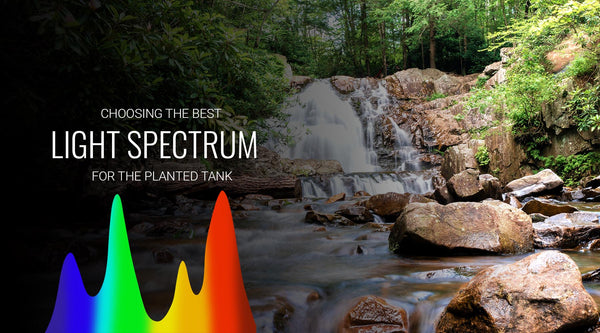Hello. I have a 180 gallon planted tank and 3 Viparspectra 165w lights over them. While They look ok, they are more for reef lights and more in the blue spectrum. Growing plants especially reds have trouble. I have modified the beam angle by replacing the lens to 120 degree so they aren't as focused. Currently running the lights on channel 1 (white) at 50% and channel 2 (blues) at 3%. Still not happy with the color, I've decided to modify the leds themselves. I don't have much experience with this but it doesn't look that hard to do.
Playing around with Spectra, I've come up with this spectrum and layout of leds, trying to mimic some spectrum profiles of better planted tank lights I've seen. Also trying to keep the original white channels, and modify the blue channel, keeping some voilet 420nm, uv410nm. Sunrise and sunset doesn't really matter as these channels will both come on at the same time. I couldn't find 12000K leds on Spectra so I used 8000K instead. I would like to get some thoughts on this as I have no idea what these charts on spectra mean. Also, not even sure how they will look visually once modified and mounted over the tank. Am I even on the right path? Any suggestions will be greatly appreciated! Heres the original layout and how I plan to modify it.
Original:
![Image]()
Modified:
![Image]()
Spectra charts:
![Image]()
![Image]()
![Image]()
![Image]()
Playing around with Spectra, I've come up with this spectrum and layout of leds, trying to mimic some spectrum profiles of better planted tank lights I've seen. Also trying to keep the original white channels, and modify the blue channel, keeping some voilet 420nm, uv410nm. Sunrise and sunset doesn't really matter as these channels will both come on at the same time. I couldn't find 12000K leds on Spectra so I used 8000K instead. I would like to get some thoughts on this as I have no idea what these charts on spectra mean. Also, not even sure how they will look visually once modified and mounted over the tank. Am I even on the right path? Any suggestions will be greatly appreciated! Heres the original layout and how I plan to modify it.
Original:
Modified:
Spectra charts:














